Efficient Growing Grapes for Wines: Techniques and Tips
Efficient cultivation for wine production is a special art that combines years of tradition and increasingly application of current science. To obtain a healthy harvest that is at the same time exquisite for the palate of consumers to achieve all this, it will be necessary to apply appropriate cultivation techniques. In this article that we bring to our readers, a part of what is necessary to document and continue advancing in the knowledge of all those referring to wines.
Variety selection
One of the most initial steps is to choose the right grape variety for the type of wine you want to produce. Among the most popular varieties are Cabernet Sauvignon, Merlot or Chardonnay, which are types of grapes with unique characteristics for production. These varieties have very particular characteristics that will give the characteristic flavor of each type of wine, whether white, red or champagne. These characteristics will also be strongly influenced by the region where the grapes are produced, historically, the country in the world with the greatest winemaking tradition is France, where the most famous main varieties in the world have originated.
Soil Preparation
For the next step in selection, the soil must be prioritized in the most optimal equation to obtain the best desired wine. This will give the right nuance to make sure the soil has the pH and nutrients ideally required to produce the best quality grape possible. The preparation process includes tillage and the application of soil amendments to improve soil structure, thereby ensuring soil structure. Here are some specific characteristics to take into account.
Although these steps may seem at first glance of little importance, it is a common mistake that some producers do not give them the due importance they really should have.
Grape planting process
For this planting process, it will be necessary to evaluate the season of the year, which is usually prioritized in spring. Among the main conditions for planting are:
• The surface to be planted must be well drained, with a certain depth to be removed, avoiding clay soils with a content of 25% or more before sowing. Likewise, avoid at all costs waterlogged soils that cause root asphyxiation.
• The recommended planting spacing is 2.5-3 meters between rows and 0.5-1.5 meters between plants, giving a planting system with densities of 2200-4000 plants per hectare.
• It is desirable to make the geographical orientation from south-east or south-west to maximize the time predetermined by statistical studies for adequate sun exposure to the planted plant.
Pruning
Pruning is another phase of the grape formation process, it is the most detailed and precise technique that must be executed, to have natural and healthy control of the plant, contributing to the optimal development and growth of the vine. It basically includes the removal of damaged or dry branches and/or excess foliage that may grow around them. It can be done almost at any time of the seasons proportional to its growth, although it is necessary to warn that the ideal would be to make it coincide with winter or summer.
Influence of irrigation on grape planting
For irrigation activity. It must be kept in mind that it must be balanced and take care to go to extremes, an excess of water in the crop can cause fungal diseases, these are infections caused by fungi, affecting various parts of the plant, such as leaves, fruits, which are capable of causing spots and discolorations until leading to the death of the plant. Obviously damaging the harvest as such and in more serious cases, leading to the total loss of production.
Most common diseases in the vine
Botryti: Caused by Botrytis cinerea, it causes fruit rot, in which its symptom is that they appear covered with a kind of hairy mass. It is particularly a serious disease, in hot and humid climates.
Mildui: Originated by the fungus Plasmopara viticola, it presents with yellowish spots on the leaves of the plant that then as the disease progresses turns brown and also a white mold on the underside.
Powdery mildew: This is caused by the fungus Erysiphe necator, characterized by a white or grayish powder on leaves, shoots and fruits. This fungus is able to survive in the winter in wood and reappear in spring.
Wood diseases: They are made up of a set of diseases caused by different fungi that affect the wood of the vine, causing what is called necrosis in the plant. This translates into a general decay of the plant, with symptoms such as stunted growth and finally can cause bud death and chlorosis.
Crop Harvest
It is carried out when the grapes reach their optimum level of ripeness, which directly influences the quality of the wine. In simpler words, it is the harvesting of ripe grapes, carried out by manual procedures or by machinery. Manual harvesting is usually used for delicate varieties that produce high quality wines, while mechanical harvesting is more common where there are large areas of planted land.
When is the appropriate time to harvest?
Experienced producers can determine the best moment to harvest simply by observing and monitoring the vine. However, there are also practical tests that allow for scientific determination of the optimal harvest time.
Among the tests that can commonly be performed, we find determining the ripeness of the grape, through the tests of sugar (determination of Brix degrees), acidity and flavor.
As you can see from reading this article, the process of sowing and harvesting grapes is complex and meticulous, if our goal is to obtain a harvest of great quality and flavor in the raw material for wines, such as grapes.
Final considerations for the production of grapes
Without a doubt, the planting of grapes for wine production is an activity that requires time, perseverance and above all passion, to obtain the final quality of the grape, without these premises that we indicate here, it will be difficult to achieve the desired objective which is to produce the best grape for those exquisite wines that we like so much for those moments, either accompany a good meal, share a few moments of recreation with family and/or friends or that special romantic moment that you will never forget. Cheers!


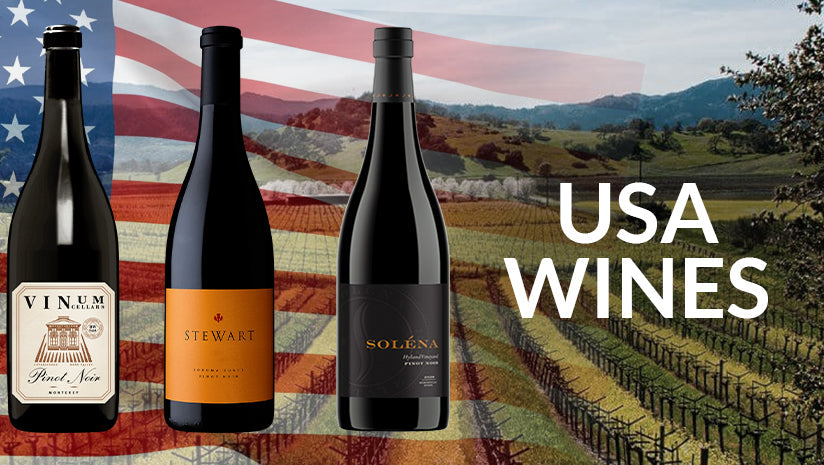
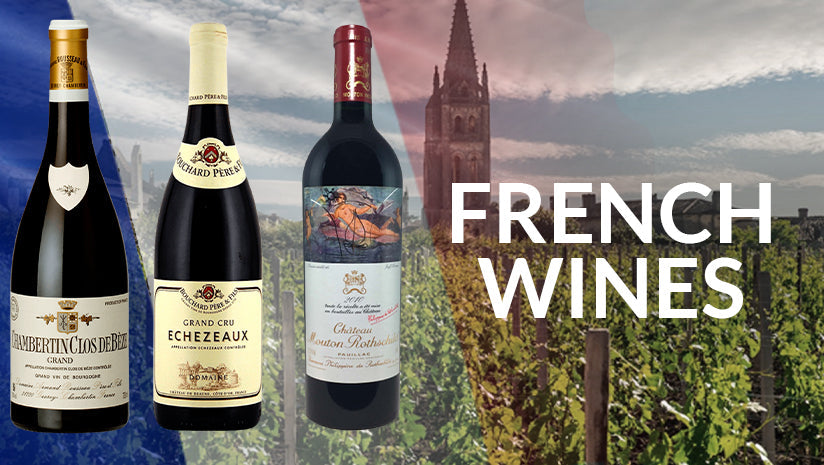
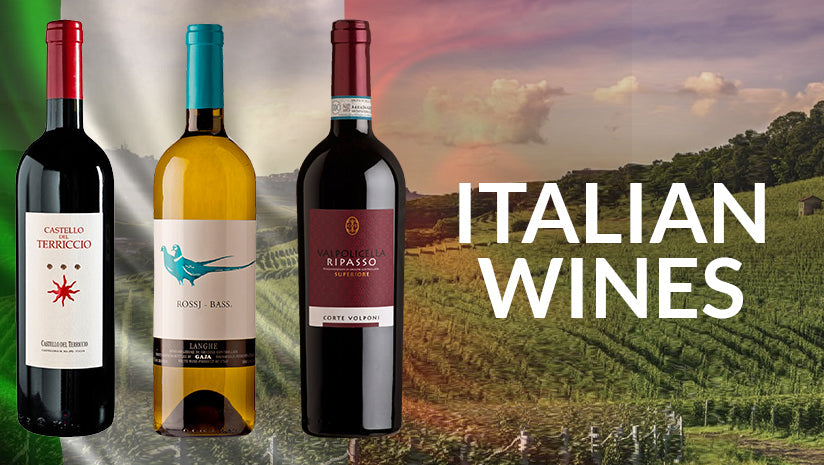
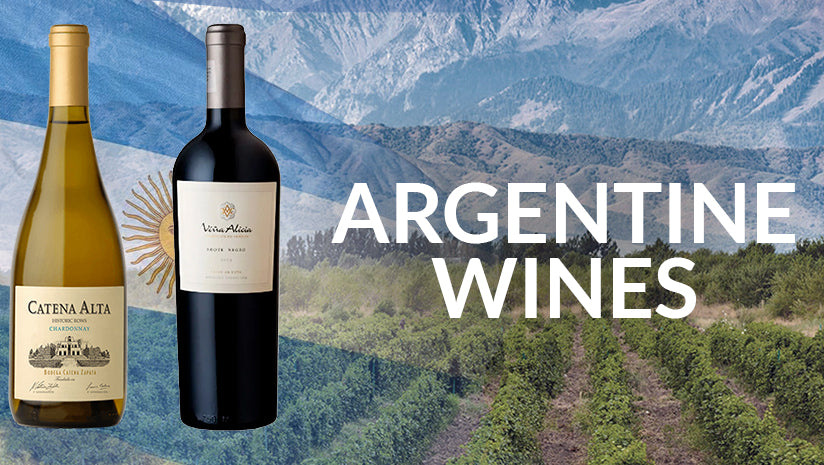
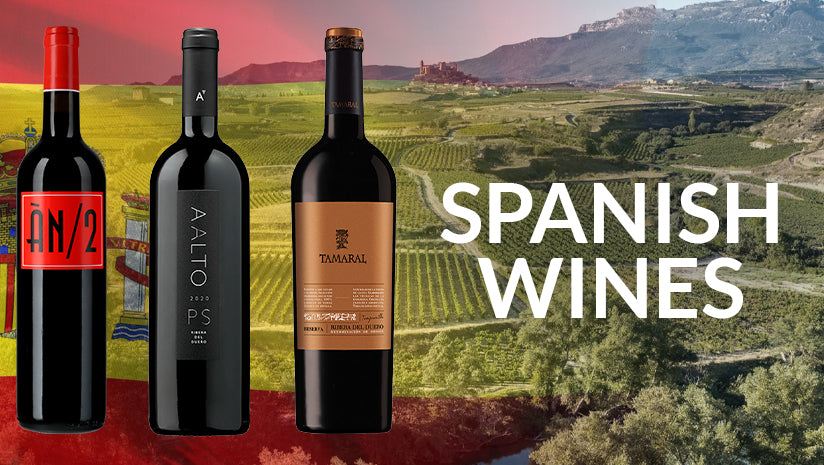



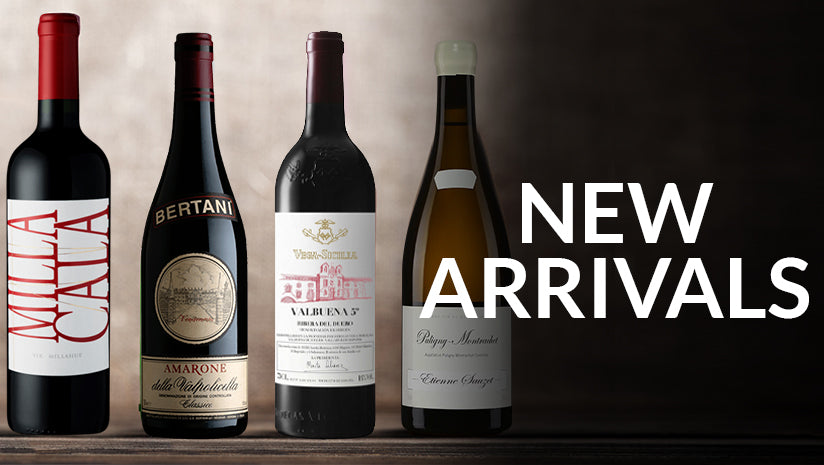







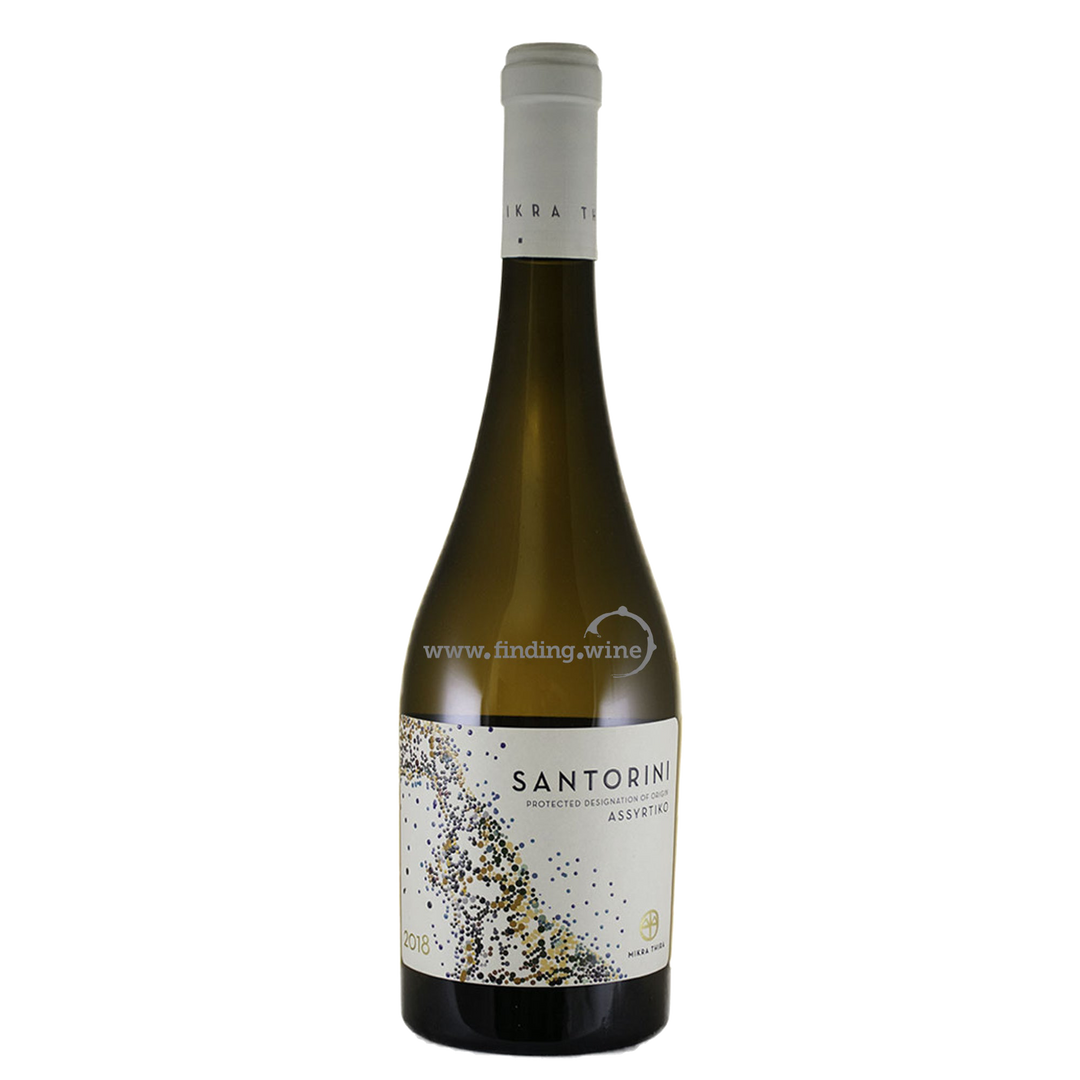







Leave a comment